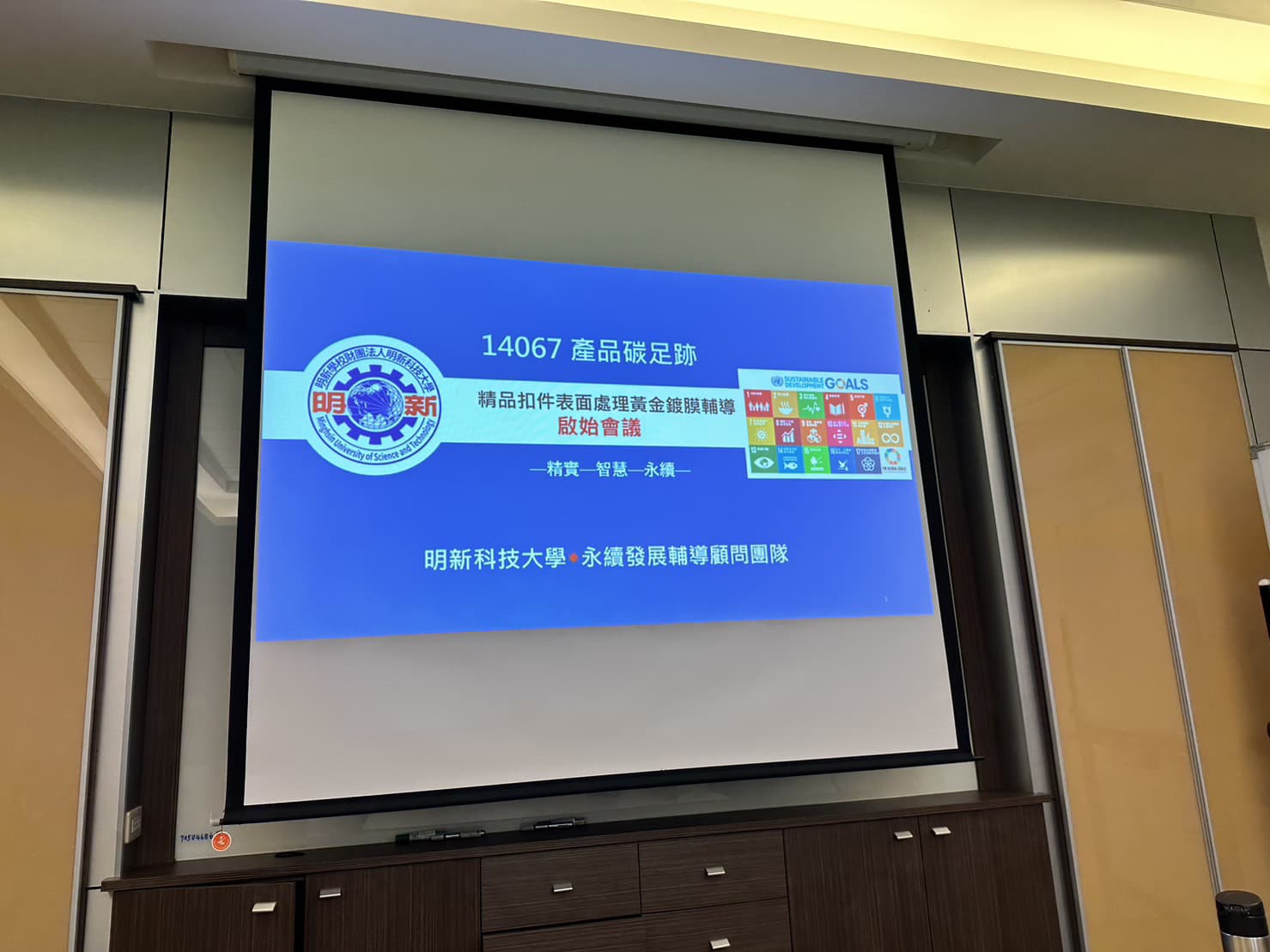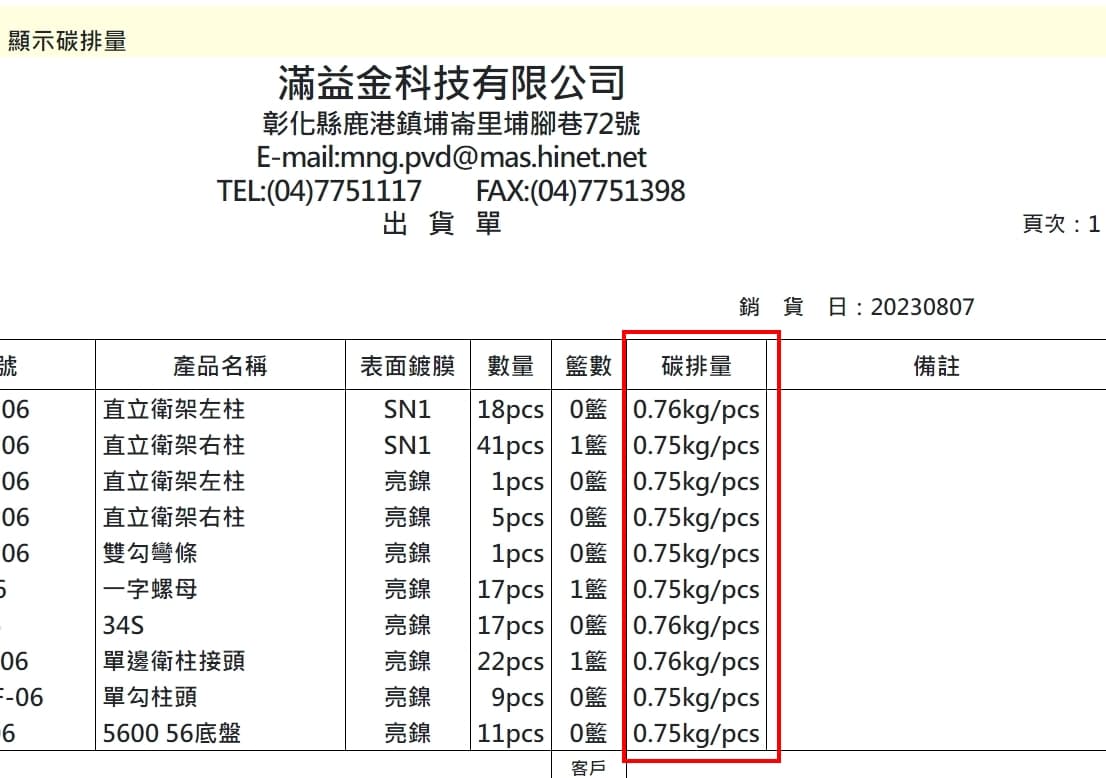Minimizing Carbon Footprint: Our Commitment to Sustainable Manufacturing
As the global awareness of environmental protection and the urgency to address climate change continue to rise, the era of green consumption is rapidly approaching. At Managing Technology, we are fully committed to minimizing the environmental impact of our operations and coating technology throughout their entire life cycle. Working alongside employees, suppliers, and customers, we actively confront the challenges posed by climate change and support the global initiative to achieve net-zero emissions by 2050.
Our approach to green manufacturing is driven by our dedication to delivering exceptional processing and high-quality services. Through leading-edge pvd vacuum coatingtechnology, unmatched quality standards, customer satisfaction, and a long-term focus on sustainable development, we continue to innovate while protecting the planet.

At Managing Technology, we strictly adhere to various international environmental regulations and directives to ensure sustainability. These include the Hazardous Substances Restriction Directive, EPA Toxic Substances Control Act, EU Chemical Evaluation, Authorization, and Restriction Regulations, and others. We also address issues related to conflict minerals, the Stockholm Convention on Persistent Organic Pollutants (POPs), and more, all to prevent pollution and minimize environmental impact. Our comprehensive policies are designed to ensure responsible production practices and to foster sustainable cooperation with our suppliers.
As an industry leader, Managing Technology has taken significant steps to implement green development initiatives ahead of the curve. We are the first in the industry to introduce and follow these sustainable practices, setting a benchmark for others to follow. In line with our commitment to continuous improvement, we have obtained the ISO 9001:2015 Quality Management System certification and the ISO 14064-1:2018 Carbon Footprint Report, which we update regularly.
In our efforts to further contribute to achieving net-zero emissions by 2050, we have developed a comprehensive Energy Management System: process carbon calculation platform and implementing a life cycle assessment software database. After successfully building an energy data dashboard, we collaborated with the Sustainable Development Team of MingHsin University of Science and Technology to begin carbon footprint calculations for our products. The first step in this project involved selecting one product for carbon footprint analysis, using energy data collected from the system. This data is now being used to train employees on how to calculate a PVD vacuum coating's carbon footprint, allowing them to independently manage calculations and external audits in the future.
To support sustainability and further reduce our environmental impact, we have developed a comprehensive carbon footprint transparency initiative. Our carbon footprint inventory plan incorporates a life cycle approach, beginning at the earliest stage of evaporation deposition. Through this process, we assess and minimize both direct and indirect environmental impacts, from raw material sourcing to manufacturing, packaging, and beyond. This initiative not only supports the goals of sustainable product design but also aligns with our ongoing efforts to optimize the deposition process and reduce energy consumption.
This transparency initiative goes hand-in-hand with our commitment to green manufacturing practices, ensuring that we not only meet regulatory requirements but also exceed customer expectations for sustainable product development. Our commitment to providing accurate, accessible carbon footprint information highlights our responsibility as a corporate citizen in the fight against climate change, while supporting our broader objectives of waste reduction, energy efficiency, and sustainability.
Our focus extends beyond just the end product—ensuring that the processes, inputs, and outputs during manufacturing are as environmentally friendly as possible. This includes managing raw material sources, waste outputs, shipping processes, and more. We carefully track all material flows, including energy and resource consumption, to assess the environmental footprint associated with these stages. By conducting a comprehensive evaluation of these environmental performance indicators, we quantitatively analyze how our operations create value for society and the environment.

Through this initiative, we have also worked to instill a carbon reduction consensus among employees and suppliers, fostering collective action to reduce carbon emissions across our supply chain. By partnering with academia and industry, we are working to implement sustainability education, promoting mutual growth and progress. Our system now includes automatic carbon footprint calculation functionality, and we have begun printing these values on shipping invoices, providing customers with transparency regarding the carbon footprint of their surface treatment processes.
Managing Technology will continue to enhance its systems and processes with the goal of setting a high standard for the industry in sustainable practices. Our journey towards achieving a net-zero emissions future is ongoing, and we remain dedicated to advancing sustainable manufacturing for the benefit of our customers, society, and the environment. Through innovation, collaboration, and transparency, we are proud to lead the charge in green manufacturing.

